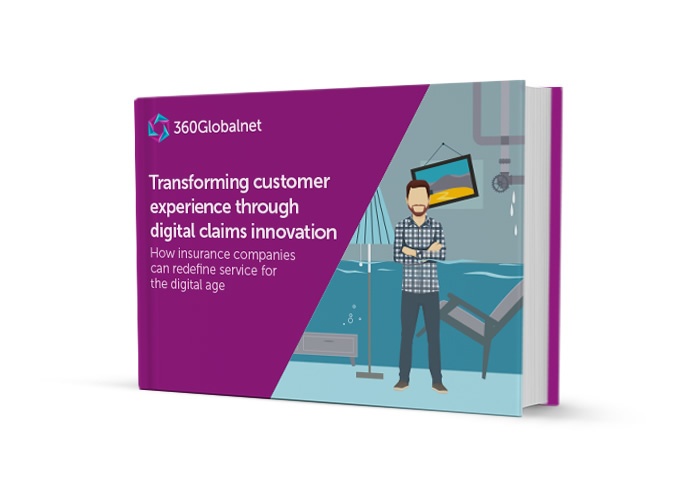For many, 2020 has provided the trigger needed to implement the acceleration of new technology adoption.
The insurance industry has faced unprecedented challenges throughout this year. COVID-19 challenges like moving most of the work force to a home office, the shifts in how customers want to conduct business, a more active than normal hurricane season, and uncertainty as claim volumes change significantly in some lines of business such as automobile for example have certainly caused many to examine their operating models and technology.
According to a recent McKinsey study1, approximately 60% of service operations leaders believe a significant amount of customer demand will be met online in the next two to three years. In addition, close to 80% of those surveyed believe about one third of their operations will be conducted remotely. This data leads us to believe that there is momentum and desire to implement digital solutions across the Industry, but as we all know, desire needs to be backed up by a solid business case.
The same McKinsey study1 says that “collectively, the property-and-casualty (P&C) industry has not substantially improved its cost structure in the past 15 years. In large part, this is because traditional P&C insurers are slow to make substantial changes to how they operate.” One key to unlocking a solid business case can be to dramatically reduce the expense ratio and loss ratio within the end-to-end claims operating model. So what’s the right approach to reducing these costs?
For some of the world’s leading brands, the benefits of no-code, digital, insurance technologies pioneered by 360Globalnet has provided the answer. A recent JD Powers study2 also showed 65% of customers received digital status updates for an auto claim, and 42% submitted their own photos even though almost 90% did not immediately go to a digital channel to report FNOL. However, demand for these types of digital interactions have increased due to the pandemic. If 65% of your claims were handled through a digital channel how would this impact to the bottom line? What would be the effect on operating expenses if inbound calls to the call center were decreased by even 30% or 40% just because proactive digital status updates were pushed to your insureds? Thinking even further, what if photos, videos and documents necessary to adjudicate the claim were all provided by the claimant via a digital process all at the time of FNOL? Adjusters time can now be spent evaluating the damage and paying the claim as opposed to traveling to see the damage and following up with claimants for additional information. The expense reduction side of the business case equation for implementing digital processes is compelling.
The winners in the industry are those who significantly cut costs and boost customer offerings and satisfaction at the same time. No-code, digital technology can transform the way transactions are managed. Competitive advantage is created very quickly at a low cost. There are huge upsides to using no-code technology to create a digital journey. At 360Globalnet, we have stripped out the cost of code development and putting power directly back into the hands of claims practitioners who can develop the systems they need without the customary development time or cost.
In their study1, McKenzie highlights four key areas for cost savings in an end to end Claims operating model as follows:
-
Find opportunities to capture the most important data during first notice of loss
-
Standardize intake procedures to reduce rework
-
Optimize claims processing through standard work and job aides
-
Reduce inbound demand
Our no-code digital claims technology can work with existing legacy systems to provide the digital capability companies require to impact all four areas by digitizing and automating the claims process with minimum disruption.
Core software implementation and integration projects are often measured in the millions of dollars, if not tens of millions. They can take as long as 12, 24 or even 36 months. High costs and long durations no longer make sense in the overall business case.
360Globalnet measures its implementations in what can be achieved in days and weeks. This is possible because the platform enables business users to configure processes in English, very quickly and intuitively. This dramatically cuts the cost of implementation, requires fewer resources, and significantly improves speed to market. The software is delivered in the AWS Cloud on a pay as you go model which means no upfront license fees. The cost of the platform aligns to the volume of transactions running on it.
Data shows that opportunities to implement competent digital solutions and reduce costs in the end-to-end claims journey exist across the globe. At the same time customer expectations are exceeded in terms of how they want to interact with their Insurance company. Combine this with a low total cost of ownership and rapid ROI and it all starts to become almost spellbinding!
Written by Tom Duffy.
If you’d like to discover more about how no-code digital acceleration can help you and your customers, get in touch.
You can find more interesting insights on our News page.
More information about our award winning no code digital claims technology can be found here.
1 – McKinsey, August 2020, “How insurers can improve combined ratios by five percentage points”
2 – , Digital Insurance and JD Powers


